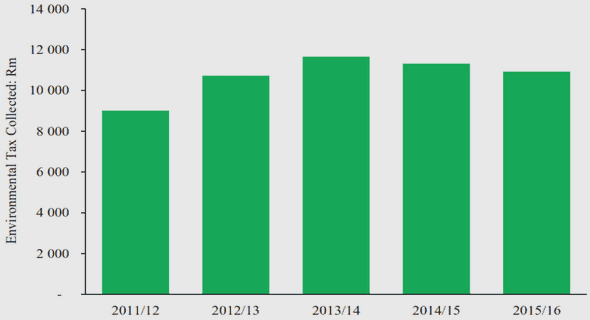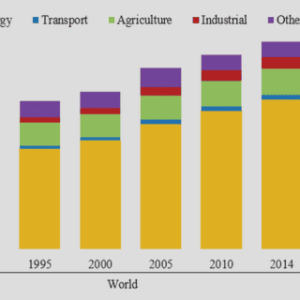(Downloads - 0)
For more info about our services contact : help@bestpfe.com
Table of contents
CHAPTER 1 GENERAL INTRODUCTION
1) Interaction between social, ecological and genetic structures
2) Drivers of structure
a) Social structure
b) Ecological structure
c) Genetic structure
3) Conservation implications
4) Study model: bottlenose dolphin and research questions
a) Studying cetacean population structure: interest and challenges
b) Why studying bottlenose dolphins?
c) Taxonomy and variations in ecology, morphology and genetic structure
d) Life-histories and social structure
e) Bottlenose dolphins in the North-East Atlantic, distribution and conservation status .
f) Research questions
g) Manuscript organization
CHAPTER 2 METHODOLOGICAL BACKGROUND
1) A combination of approaches: from recent to evolutionary time scales
a) Photo-identification
b) Ecological and diet indicators
c) Morphometrics
d) Molecular markers: mitochondrial DNA and microsatellites
2) Statistical analyses of molecular markers
a) Bayesian statistics
b) Genetic structure
c) Coalescent theory and population demographic history analyses
CHAPTER 3 SOCIAL STRUCTURE AND ABUNDANCE OF COASTAL BOTTLENOSE DOLPHINS IN THE NORMANO-BRETON GULF, ENGLISH CHANNEL
1) Introduction
2) Material and methods
a) Surveys and photo-identification
b) Social structure
c) Abundance
3) Results
a) Survey effort and photo-identification
b) Social structure
c) Community size
4) Discussion
a) A fission-fusion social structure
b) Possible ecological drivers of large group sizes
c) Division in three social clusters
d) Abundance
e) Monitoring and conservation
CHAPTER 4 EVALUATING THE INFLUENCE OF ECOLOGY, KINSHIP AND PHYLOGEOGRAPHY ON THE SOCIAL STRUCTURE OF RESIDENT COASTAL BOTTLENOSE DOLPHINS
1) Introduction
2) Material and methods
a) Boat surveys, biopsy sampling and photo-identification
b) Social structure
c) Genetic analyses
d) Genetic population structure
e) Ecological population structure
f) Influence of relatedness, sex and ecology on association patterns
3) Results
a) Biopsy sampling
b) Genetic population structure
c) Ecological population structure
d) Influence of relatedness, sex and ecology on association patterns
4) Discussion
a) Three social and ecological clusters but a single population
b) Ecology but not kinship influences social structure
c) Influence of phylogeography on social structure
d) Drivers of social structure and interest of combining approaches
CHAPTER 5 HABITAT-DRIVEN POPULATION STRUCTURE OF BOTTLENOSE DOLPHINS IN THE NORTH-EAST ATLANTIC
1) Introduction
2) Material and methods
a) Sample collection, DNA extraction and sexing
b) Microsatellite genotyping and validity
c) Mitochondrial DNA sequencing
d) Population structure
e) Nuclear genetic differentiation and diversity
f) Mitochondrial DNA differentiation and diversity
g) Recent migration rates
h) Effective population sizes
3) Results
a) Microsatellite validity
b) Drift prediction model
c) Population structure
d) Genetic differentiation and genetic diversity in the NEA
e) Recent migration rates
f) Effective population sizes
4) Discussion
a) Hierarchical structure
b) Possible drivers of population structure
c) Effective population size estimates: small coastal vs large pelagic populations.
d) Management implications
e) Ecotype delineation and future directions
CHAPTER 6 ECOLOGICAL OPPORTUNITIES AND SPECIALIZATIONS SHAPED GENETIC DIVERGENCE IN A HIGHLY MOBILE MARINE TOP PREDATOR
1) Introduction
2) Material and methods
a) Genetic inference of the population demographic history
b) Ecological and morphological characterization of ecotypes
3) Results
a) Genetic inference of the population demographic history
b) Morphometric analyses
c) Stable isotope analyses
d) Stomach content analyses
4) Discussion
a) Ecologically-driven demographic history of bottlenose dolphins in the North-East Atlantic
b) Niche specializations maintain genetic divergence between coastal and pelagic ecotypes
c) Absence of strong influence of ecology on external morphological traits
d) Possible differential stage of speciation in the North Atlantic
CHAPTER 7 GENERAL DISCUSSION
1) Synthesis of the results
a) Bottlenose dolphin social, ecological and genetic structures in the Normano-Breton gulf
b) Bottlenose dolphin population structure in the North-East Atlantic
2) Structuring patterns of bottlenose dolphins and other mobile social predators: interaction between ecology, sociality and genetics
a) The central role of ecology in shaping the structure of populations
b) Social behavior likely strengthens the influence of ecology on genetic structure
c) Influence of evolutionary history on social structure
3) Combination of scales and approaches to study the structure and evolution of populations
a) Combination of spatial scales
b) Combination of approaches
4) Implications for conservation
a) Conservation of bottlenose dolphins in the Normano-Breton gulf
b) Conservation of bottlenose dolphins in the North-East Atlantic
c) Management implications beyond bottlenose dolphins
5) Perspectives
REFERENCES




